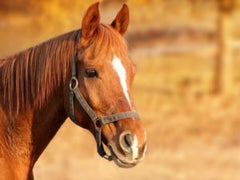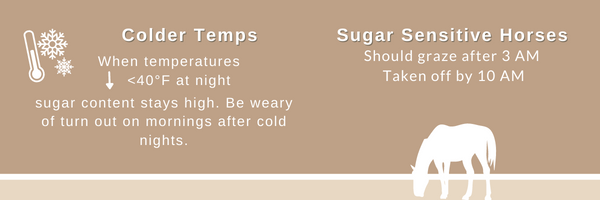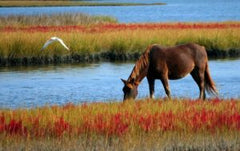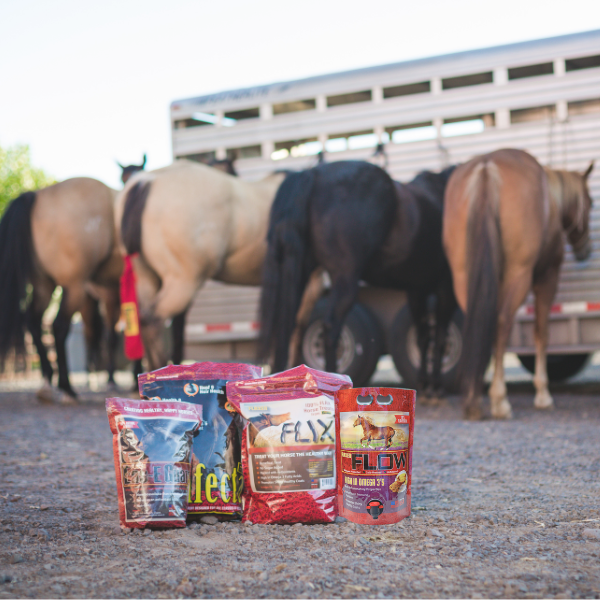What is Laminitis in Horses?

Laminitis is an inflammatory condition in the hoof tissues, called lamina, that bond the hoof wall to the coffin bone. Laminitis can be very painful to the horse. It can affect a horse of any age male or female at any time of the year. However, typically horses that are obese or have a history of metabolic or hormonal issues are more prone to laminitis.


How Fall Grasses Can Affect Laminitis:
You may think laminitis is a springtime disease. However, it is an issue in the fall as well. Grasses accumulate NSC (non-structural carbohydrates), or Sugar and Starches when it is exposed to sunlight and heat. As the temperatures drop and nights become colder the grasses have a regrowth period and once again have high amounts of NSC. Grasses that have high levels of NSC can increase the risk of Laminitis for your horse. In addition, as days get shorter and colder your horse secretes more ACTH (adrenocorticotropic hormone). Higher levels of ACTH lead to higher insulin levels, which a leading cause of laminitis.

Fall Nutrition for Your Equine:
One way to know if your pastures are too high in the NSC level is to simply get your pastures tested. Test your pastures every couple of weeks to be aware of what is going on, and what levels are present in your fields. If your pastures have high levels of NSC, it is best to take your horses off the pasture and feed them quality hay. In addition to quality hay, adding a vitamin and mineral supplement is a good idea. A vitamin and mineral supplement ensures their needs are being met without adding extra sugars to their diet. Feeding a hoof supplement that contains high levels of biotin will also help to ensure a strong hoof wall which will help reduce the stress on the lamina. By adding a supplement to their diet, it can help prepare them for a smooth transition into winter feeding. In the colder months of the year, quality nutrition is important to the overall health of your horse. The cold can impact the health of your horse, be sure your horse isn't missing any key nutrients this Fall.







David Simpson
December 06, 2023
We are fairly new horse owners in NW Georgia. We have 2 horses suffering from laminitis. A small Shetland pony and the other is a small pony quarter horse breed. We have eliminated any sweet feed we had been feeding them. We have been told to feed a low sugar and starch pellet with small amounts of whole oats. Is this correct? These horse’s were rescue animals and we just need other options to correct their issue.
———
Horse Guard :
I wouldn’t recommend any oats for them if they have laminitis and are overweight. I provide teff pellets or other low sugar and starch pellet and a vitamin-mineral supplement, such as Horse Guard to take care of their vitamin-mineral needs without adding a lot of unneeded calories and sugars. Let me know if I can answer any more questions.